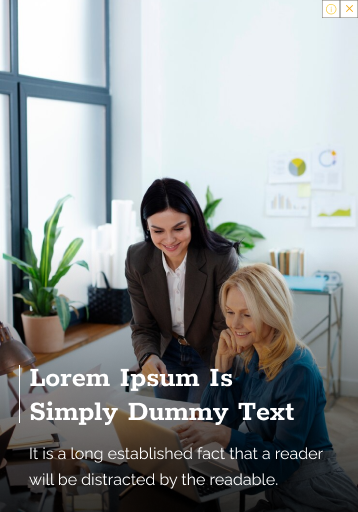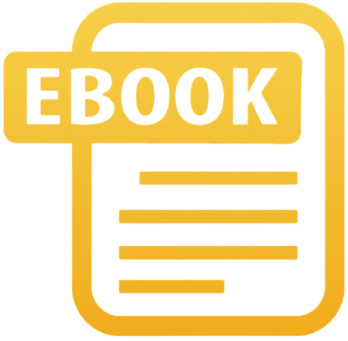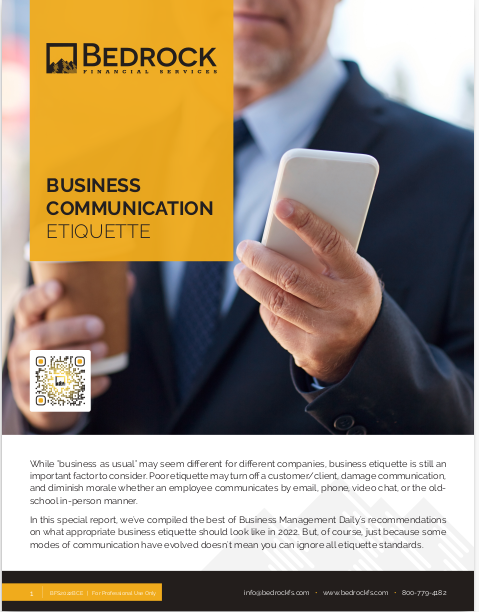Key Takeaways
-
Plain-text emails are seeing a resurgence in 2025 as agents prioritize deliverability, authenticity, and client trust over visual flair.
-
When used correctly, plain-text emails outperform heavily designed templates in open rates, click-throughs, and conversions for insurance professionals.
The Shift Back to Plain-Text in 2025
In 2025, many independent insurance agents are stepping away from overly designed, flashy emails and returning to the basics. Plain-text emails—those stripped of colors, images, banners, and buttons—are outperforming HTML-heavy templates in some of the most critical metrics: open rates, inbox placement, and actual client replies.
This isn’t about being retro or rejecting modern tools. It’s about what works. Clients are more overwhelmed than ever by visual noise. They don’t need another branded message. They want clarity. They want answers. And they’re finding them in messages that feel personal, not promotional.
Why Your Fancy Emails Might Be Getting Ignored
Deliverability Is a Big Problem
Plain-text emails tend to land in the inbox more often. Why? Spam filters in 2025 are increasingly strict. HTML-heavy emails—with their image-to-text ratios, external links, embedded code, and inconsistent rendering across devices—can trigger these filters, landing your message in Promotions or Spam.
When your email doesn’t land in the primary inbox, you’ve lost before you even begin.
Clients Are Wary of Overly Designed Content
With scams, spam, and AI-generated content saturating inboxes, clients are becoming more cautious. A plain-text email from a name they recognize? That feels safe. Authentic. Real. On the other hand, a polished email loaded with graphics might trigger subconscious alerts: “Is this marketing fluff or a real message?”
You’re Not Speaking Human-to-Human
Designed emails can feel like a billboard, not a conversation. Most people—especially your older clients or those making big financial decisions—prefer something that sounds like it came from a real person. Plain-text emails do just that. They come across as a direct note rather than a mass-blasted advertisement.
What Plain-Text Gets Right
It Looks Like You Took the Time
When you send a message that reads like a one-on-one email, the recipient assumes you wrote it for them—even if you didn’t. That perception changes the way they engage with your message. It builds trust and familiarity.
It’s Easier to Read Across Devices
Plain-text emails are inherently mobile-friendly. They don’t rely on specific formatting, image loading, or layout compatibility. Whether your client is on a tablet, smartphone, desktop, or even a smart watch, they’ll see your message exactly as you intended.
It’s Quicker to Write and Test
Instead of spending hours tweaking colors and fixing alignment issues, you can focus on what matters: the message. You can A/B test different subject lines and body copy in minutes. Your email production time drops dramatically.
When Plain-Text Works Best
You don’t have to replace every email with plain-text. There are specific situations where they shine:
-
Initial outreach: Cold prospects respond better when they feel they’re getting a personal message.
-
Follow-ups: Plain-text makes it easy to remind or nudge a client without feeling intrusive.
-
Appointment confirmations: Simple, clear, and to the point.
-
Quick value emails: When sharing a tip, reminder, or insight, clarity beats aesthetics.
Structuring Plain-Text Emails That Convert
Start With a Relatable Subject Line
Subject lines still rule inboxes. With plain-text emails, your subject has to carry more weight since there’s no design to compensate. Make it conversational and specific. Instead of “Check This Out,” try “Thought You Might Find This Useful.”
Make the First Line Count
The first line shows up in preview snippets. Skip the pleasantries and get to the value right away. For example:
“Just helped a client reduce their monthly insurance cost—thought you’d want to know how.”
Keep Paragraphs Short
Write like you speak. Stick to 1–2 sentences per paragraph. Use line breaks generously to avoid the dreaded wall of text.
Use Clear CTAs (But Not Too Many)
Plain-text emails don’t rely on buttons. That’s okay. Text links still convert well—sometimes better. Just make sure your CTA is visible and actionable:
-
“Schedule a quick call here.”
-
“Reply to this email if you’re free this week.”
Use Your Signature Wisely
End with a clean, professional signature:
[Your Name]
[Licensed Insurance Agent]
[Phone Number]
[Calendly or Booking Link]
No flashy logos or taglines. Just your essentials.
Common Mistakes to Avoid
Making It Too Long
Plain-text doesn’t mean you should tell your life story. The beauty of this format is its simplicity. Keep it under 150 words where possible.
Using Fancy Formatting
Avoid using too many caps, symbols, or excessive punctuation. Just because it’s text doesn’t mean it can’t feel spammy.
Forgetting the CTA
Never send an email without a clear next step. Whether it’s a reply, a call, or a form—make sure they know what to do.
Being Too Formal or Robotic
Plain-text is not the same as generic. Write like a professional human, not a brochure or an automation bot.
Metrics That Matter in 2025
In 2025, email service platforms continue to evolve their analytics. While open rates are still important, more attention is now being paid to:
-
Inbox placement rate: Whether your email landed in the Primary tab.
-
Click-to-open rate (CTOR): Measures actual engagement from those who opened.
-
Reply rate: Particularly valuable for appointment-setting and follow-ups.
-
Forwarding and sharing: Surprisingly common with valuable content in plain-text formats.
Plain-text emails consistently outperform on these metrics, especially in segmented, relationship-driven industries like insurance.
How Often Should You Send Plain-Text Emails?
There’s no single answer. But in 2025, the most effective insurance agents are sending:
-
1–2 plain-text emails per week to nurture current leads.
-
1 plain-text email per month to re-engage cold leads.
-
Follow-ups within 24–48 hours of a quote or policy conversation.
Consistency builds recognition. Familiarity builds trust. A simple cadence can do more than an entire marketing funnel if it’s structured right.
What About Branding?
Yes, branding matters. But in 2025, branding is less about visuals and more about tone, message clarity, and value. Plain-text lets your actual voice do the heavy lifting. Your brand comes through in your helpfulness, your professionalism, and your timing—not in gradients or banner images.
If you’re worried about losing visual recognition, include your full name, license, contact info, and a consistent email address. That’s enough. You’re not Coca-Cola—you’re a trusted advisor. Your face-to-face reputation matters more than your font choice.
The Right Balance for Your Email Strategy
A hybrid strategy is ideal. Use plain-text for:
-
Personal outreach
-
Lead nurturing
-
Policy reviews
-
Appointment reminders
Use well-designed HTML templates for:
-
Newsletters
-
Annual reviews
-
Educational content with visuals
Don’t choose between one or the other. Use both—strategically.
Why This Matters Now More Than Ever
Insurance is a relationship business. And relationships are built through trust, conversation, and consistency—not flashy designs. As inboxes become more crowded and clients grow more discerning, the emails that cut through are the ones that sound like they’re coming from a real human being.
If you want to start more conversations, land in more inboxes, and close more appointments in 2025, plain-text needs to be part of your email strategy.
Start Making Your Emails Work Smarter
Plain-text emails aren’t just easier—they’re more effective when used at the right time. And you don’t have to figure it all out alone. At Bedrock Financial Services, we help insurance professionals like you create smarter email campaigns that actually convert. We offer tools, automation, and one-on-one training that remove the guesswork from your outreach. If you’re ready to book more meetings and build real trust with your list, we’d love to support you.







